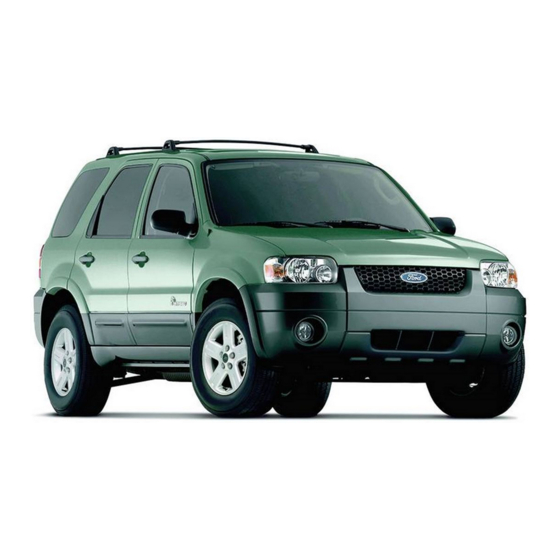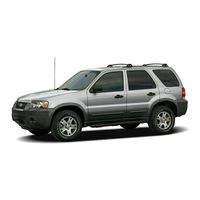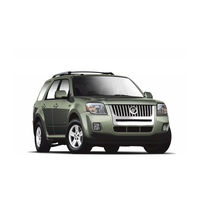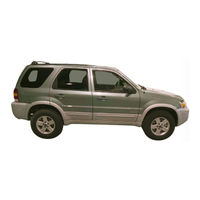
Ford 2006 Escape Hybrid Manuals
Manuals and User Guides for Ford 2006 Escape Hybrid. We have 5 Ford 2006 Escape Hybrid manuals available for free PDF download: Owner's Manual, Modifiers Manual, Emergency Response Manual, Quick Reference Manual
Ford 2006 Escape Hybrid Owner's Manual (341 pages)
Brand: Ford
|
Category: Automobile
|
Size: 3 MB
Table of Contents
Advertisement
Ford 2006 Escape Hybrid Owner's Manual (328 pages)
Ford 2006 Escape Hybrid
Brand: Ford
|
Category: Automobile
|
Size: 3 MB
Table of Contents
Ford 2006 Escape Hybrid Modifiers Manual (74 pages)
Ford Motor Company Automobile User Manual
Brand: Ford
|
Category: Automobile
|
Size: 10 MB
Table of Contents
Advertisement
Ford 2006 Escape Hybrid Emergency Response Manual (11 pages)
Ford Motor Company Automobile User Manual
Brand: Ford
|
Category: Automobile
|
Size: 10 MB
Table of Contents
Ford 2006 Escape Hybrid Quick Reference Manual (2 pages)
Ford Motor Company Automobile Quick Reference Guide
Brand: Ford
|
Category: Automobile
|
Size: 1 MB




